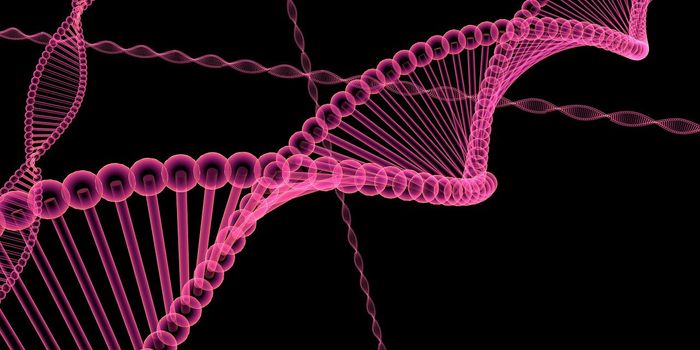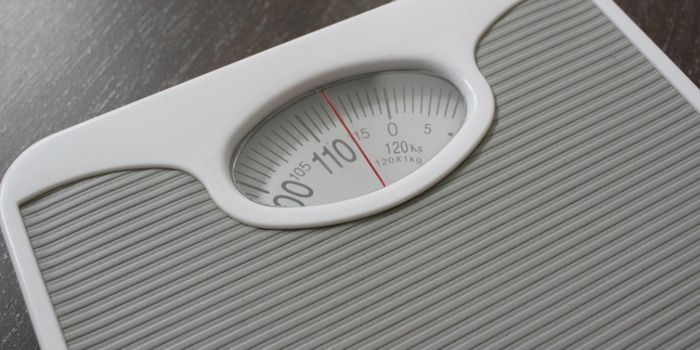Researchers say DBT doesn't serve women with "extremely dense" breasts
When you undergo screening for breast cancer, you usually have to have a mammogram, an x-ray that looks for abnormal masses in your breasts. Mammography has been the key diagnostic tool for a long time, joined only within the last ten years by digital breast tomosynthesis (DBT, also called 3D mammography). While previous research has supported evidence that DBT is overall more beneficial for all women, compared to conventional mammography, new research suggests that for 10% of women, DBT is not a better option.
"DBT is improving screening outcomes for the vast majority of women getting screening mammography. Unfortunately, it does not seem to benefit the 10% of women who have extremely dense breasts and who already experience the poorest of mammography outcomes today," said Kathryn Lowry, an assistant professor of radiology at the University of Washington School of Medicine.
A study detailing these findings was published in JAMA Network Open recently by Kathryn Lowry and Yates Coley, an assistant investigator in biostatistics at Kaiser Permanente Washington Health Research Institute. Together they analyzed over 1.5 million breast exams from women ages 40-79, noting cancers detected and patient recalls by age groups, breast densities, and by baseline exam versus subsequent exams. The data came from breast imaging registries in the Breast Cancer Surveillance Consortium.
"This study incorporated so much data and from sites that are geographically, racially, and ethnically diverse, and this allowed us to explore questions that other researchers have not," Coley said.
In their analysis, the team determined that DBT is most beneficial for women undergoing their first screening mammogram, meaning that these were the women who saw the largest improvements in recall reduction and cancer detection. However, they also determined that women with breasts under the category “extremely dense” (about 10% of women), DBT didn’t make a difference in the number of cancers detected or recalls.
The researchers say that many women don’t necessarily know their breast density and while the majority of states (read: 40) have a mandate in place stating that women who get mammograms must receive some form of notification about the impact of breast density on breast cancer risk and detection of cancer, the language in this information is not always accessible.
The finding from this study proves that we still need to improve diagnostic tools for women with extremely dense breasts. "Our findings can help providers and patients better decide how to make decisions about screening mammography. If a provider only has access to one or two DBT machines, it will help them determine which patients should get priority with those. If a patient has to pay more out of pocket or drive several hours to reach a provider who offers DBT, this can help them know whether they're likely to experience benefit," concluded Lowry.
Sources: JAMA Network Open, Eureka Alert









